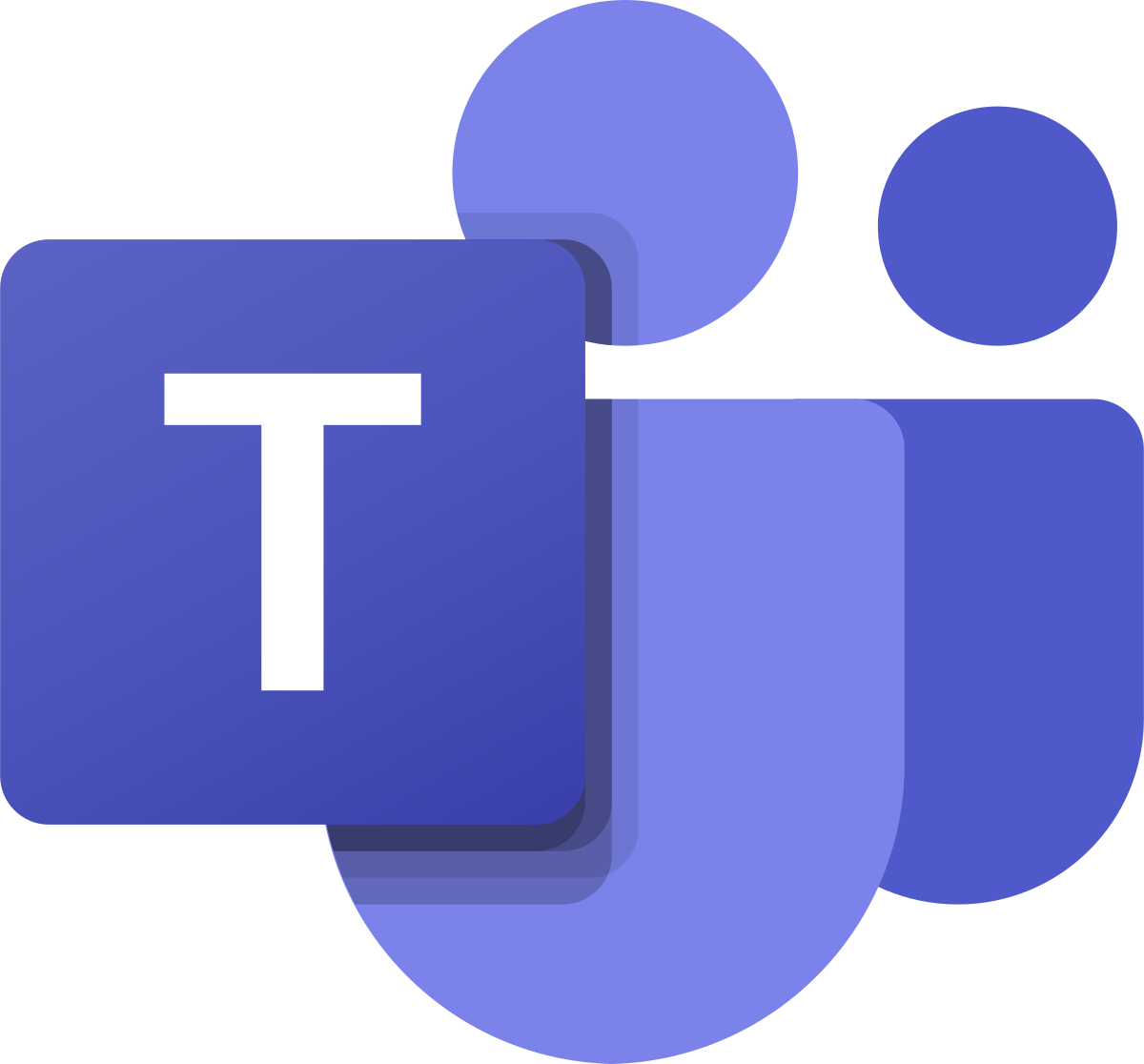Find tools to support online discussions at UBC. All tools recommended by the LT Hub receive central technical and pedagogical support.
Synchronous Conversations
Synchronous discussions allow students to develop thoughts together in real time. This approach may pose barriers if students are in different time zones or have difficulty joining, but it can also be more engaging for students to have immediate interaction with and feedback from peers.
General Tips
- Have a backup plan ready (like a discussion board), in case something goes wrong for students during a synchronous session.
- Consider the time zones your students are in when deciding times for synchronous sessions.
- Before each discussion, tell students what topics will be covered, how they should prepare, and what they will be expected to do.
Microsoft Teams
Set up a space where students can engage in real-time chatting and document collaboration.
What are the benefits?
- You can set up discussion spaces of varying group sizes called channels that cover different topics, with students able to participate in one or multiple channels.
- Students can communicate quickly with each other using the real-time chat, which can help quieter students who may not engage verbally to participate more.
- Microsoft Teams also supports document collaboration, where files can be edited by multiple people at once. This feature can be helpful if you want discussions to result in a specific shared deliverable.
Cost:
Free
Bandwidth:
High demand
Privacy:
Complies with UBC’s privacy requirements, provided you abide by the guidance from UBC Legal to not require students to use free Zoom accounts. More details are available in the guide.
Zoom Breakout Rooms
Create breakout rooms during a Zoom session to split up the class for smaller discussions.
What are the benefits?
- In breakout rooms, students can interact with a smaller group of classmates using audio, video chat, whiteboards, and screen-sharing.
- You can assign students to the rooms manually, let Zoom choose the students automatically, or let students choose a room themselves.
- You can broadcast a message to all breakout rooms at once, to provide a question for discussion or countdown the remaining discussion time.
Asynchronous Discussions
While asynchronous discussions do not happen with the immediacy of real time, these conversations can let students pause more to reflect and allow for easier discussions across different time zones.
General Tips
- Prior to opening a discussion, set ground rules that provide clear instructions and expectations for participation and etiquette.
- You can direct students to other rules for being a respectful online presence on the Keep Learning site.
- Have a purpose or focus for each discussion to promote thoughtful dialogue.
- For large courses, consider setting up separate discussions for smaller groups, so students can feel heard and meaningfully interact.
Canvas Discussions
Enable conversations for the entire class or for specific groups right in your Canvas course.
What are the benefits?
- You can create discussions for everyone or use group discussions that only group members can access, reply to, and see postings for.
- You can require students to reply to a discussion before they can see other replies.
- Discussions can be ungraded or graded, and graded discussions will sync automatically with the Canvas Gradebook.
Cost:
Free
Bandwidth:
Low demand
Privacy:
Complies with UBC’s privacy requirements, provided you give students a way to anonymize themselves. Suggested text to use is available in the note section below.
Piazza
Facilitate conversations in a course with a tool that supports rich discussion boards.
What are the benefits?
- Questions and answers on Piazza can be collaboratively edited and you can see how they evolve over time.
- Piazza can be accessed through Canvas—as part of the Course Navigation and/or included as a link in a module.
- Piazza has other interactive elements like polls, which can be included in discussions to increase engagement.
Threadz
Visualize and better quantify the student discussions happening in Canvas discussion boards to promote more engagement.
What are the benefits?
- Threadz can help you understand student engagement in Canvas by mapping discussions by a person or by a discussion thread.
- You can identify isolated students and intervene to encourage more engagement between them and the rest of the class.
UBC Blogs Comments
Invite students to share their opinions and work on a course or individual website, which you and other students can then comment on.
What are the benefits?
- If students host discussions using posts and comments on their own blog, they will be able to keep these conversations after the course is over.
- UBC Blogs allows content to be posted publicly, which can support discussions that include communities or individuals outside of the course.
 Microsoft Teams
Microsoft Teams
 Canvas
Canvas

 UBC Blogs
UBC Blogs